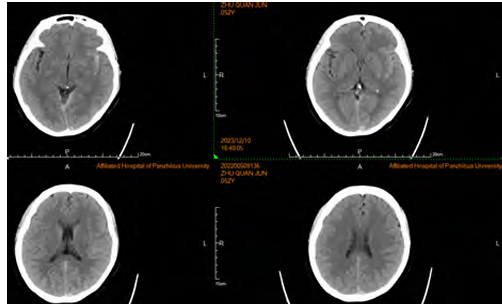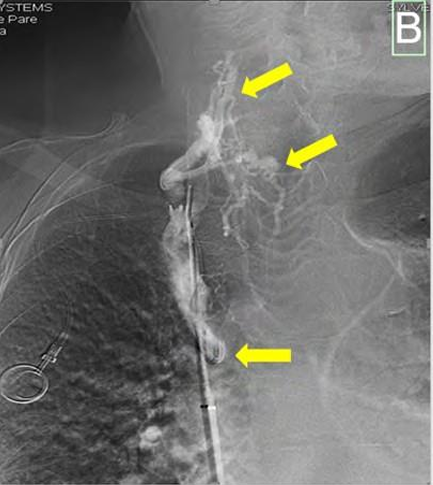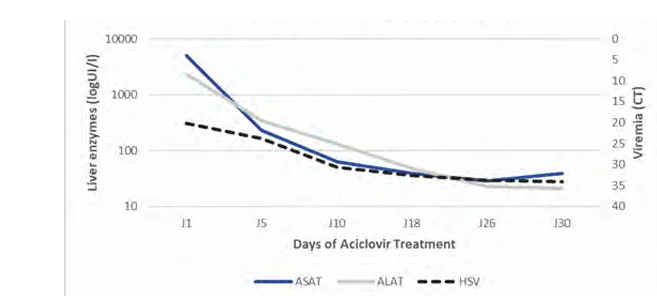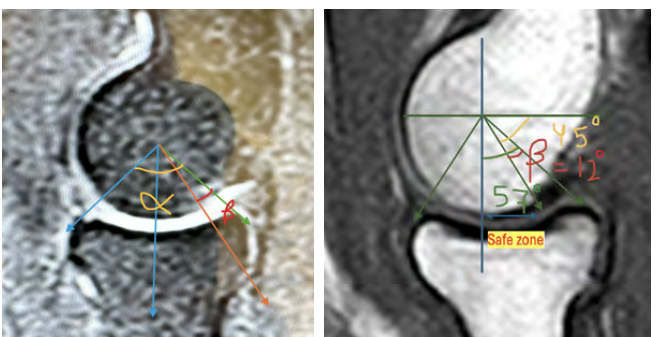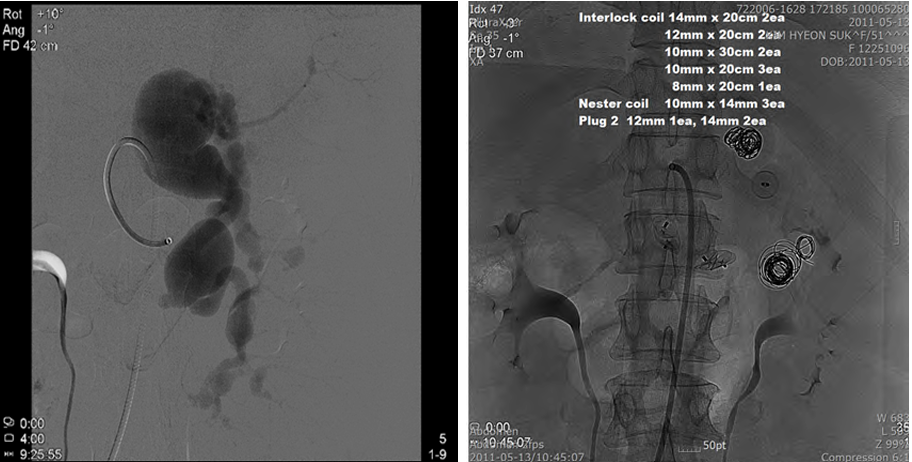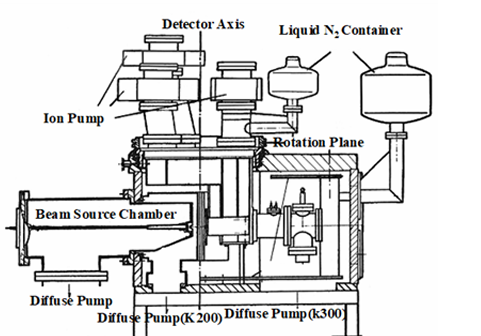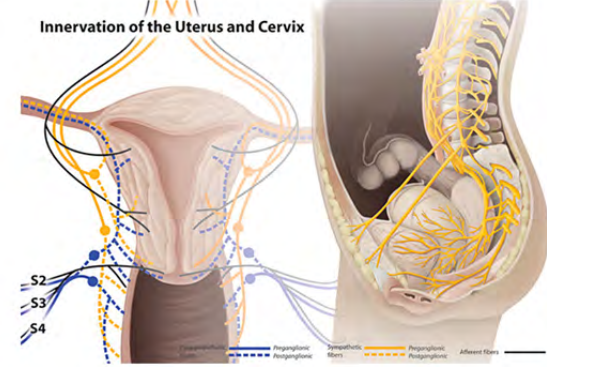Treatment For Thrombocytopenia Complicated with Intracranial Venous Sinus Thrombosis and Bleeding with Eltrombopag: A Case Report
1. Abstract A case of primary immune thrombocytopenia (ITP) was reported, in which a patient developed intracranial venous sinus thrombosis accompanied by subarachnoid hemorrhage during oral administration of 25 mg/d of Eltrombopag. The patient discontinued the use of Eltrombopag and received symptomatic treatment with active anticoagulation, resulting in significant improvement.
